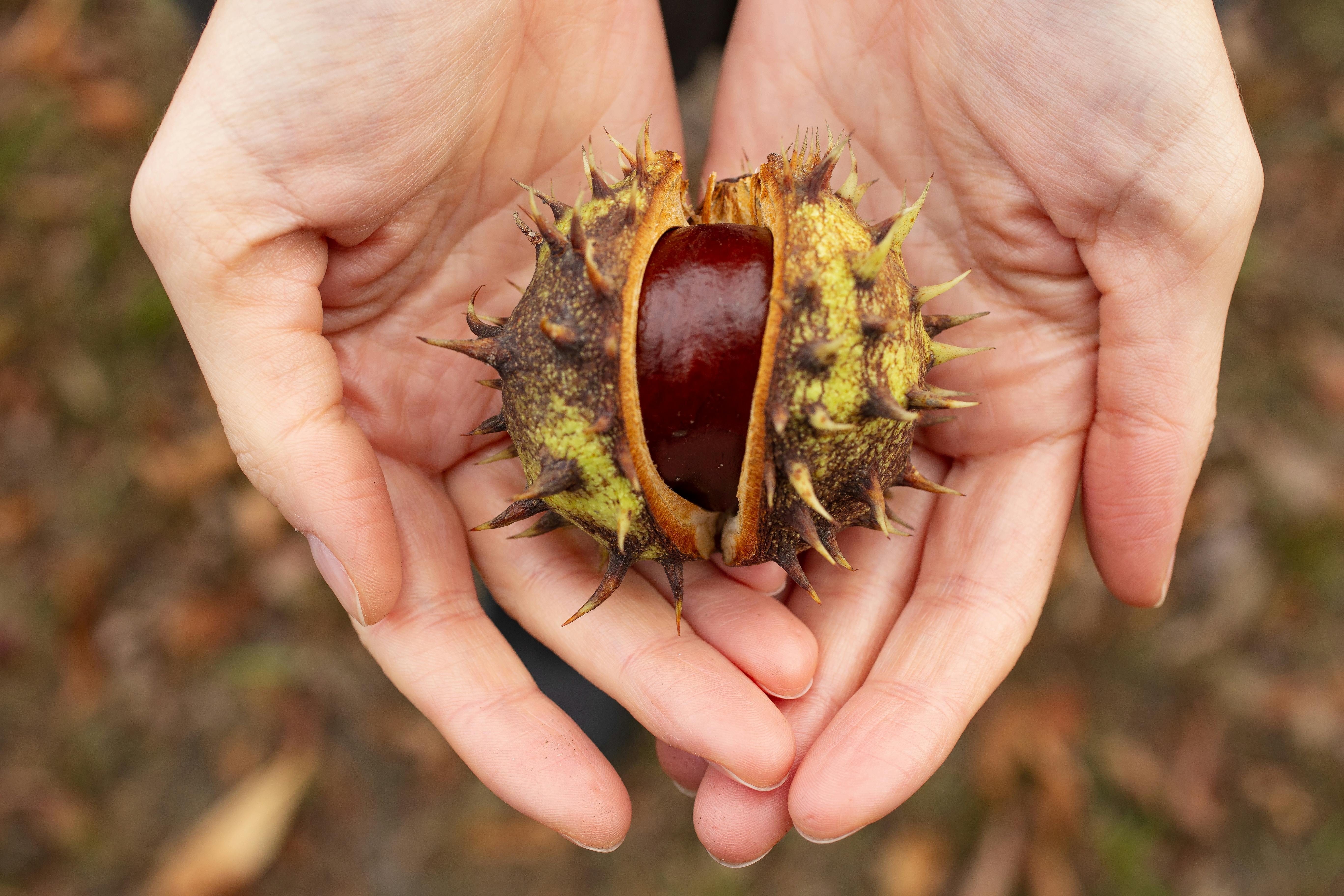Understanding the Importance of Mr. Gardener in Modern Landscaping
The Role of Mr. Gardener in Sustainable Gardening
Mr. Gardener is a significant figure in the world of sustainable gardening, embodying practices that promote environmental health while improving aesthetic appeal. Sustainability in gardening encompasses a variety of techniques aimed at reducing the carbon footprint, conserving water, and enhancing soil health. By incorporating elements such as permaculture, organic gardening, and biodiversity, Mr. Gardener sets an exemplary standard for enthusiasts and professionals alike. Sustainable practices not only benefit the environment but can also lead to a more resilient and productive garden. The connection between sustainability and effective gardening is essential, as it nurtures both plant life and the ecosystem.
Practical Techniques for Sustainable Gardening
To embody the principles of Mr. Gardener, one needs to implement practical techniques that efficiently manage resources. For instance, utilizing compost as a natural fertilizer enriches the soil without the harmful effects of chemical fertilizers. Additionally, practicing crop rotation helps maintain soil nutrients and reduces pest buildup. Water conservation is also crucial; techniques like rainwater harvesting and drip irrigation minimize water wastage while ensuring plants receive adequate hydration. Implementing these strategies not only supports the environment but also exemplifies the core values of Mr. Gardener’s philosophy.

Community Engagement in Gardening
Mr. Gardener accentuates the importance of community engagement through gardening initiatives. Collaborative gardens not only provide fresh produce but also foster a sense of community and shared responsibility. These gardens can educate individuals about sustainable practices while promoting social interaction and cooperation. Workshops, volunteer days, and local festivals centered on gardening can inspire participation and encourage sustainable practices across neighborhoods. The insights and experiences shared in these settings reflect the essence of Mr. Gardener’s commitment to collective action in environmental stewardship.
Design Principles Emphasized by Mr. Gardener
Design is a crucial aspect of gardening, and Mr. Gardener emphasizes principles that create visually stunning and functional spaces. Understanding elements such as balance, proportion, and unity can help in designing a garden that respects nature while being aesthetically pleasing. Incorporating native plants promotes biodiversity and minimizes the need for chemical interventions. Zoning also plays an essential role; grouping plants based on their water and sunlight needs improves efficiency and health within the garden. By applying these design principles, gardeners can achieve a harmonious and thriving landscape.
Examples of Effective Garden Design
One of the best ways to understand the principles of Mr. Gardener is to examine successful garden designs. For instance, a small urban garden can seamlessly integrate vertical gardening techniques, maximizing limited space while creating a green haven. Another example could be a community garden that utilizes raised beds, allowing for better soil quality, improved drainage, and accessibility for all gardeners. These design aspects highlight the practical application of Mr. Gardener’s teachings, transforming any space into a thriving garden.

Integrating Technology in Gardening
Modern gardening increasingly embraces technology, and Mr. Gardener recognizes its potential to enhance gardening practices. Smart irrigation systems, plant monitoring tools, and gardening apps can help optimize plant care and resource management. For example, using moisture sensors can prevent overwatering, leading to healthier plants and conserving water. Furthermore, technology can facilitate community connections, allowing for idea sharing and resources through gardening platforms. This blend of technology and traditional practices embodies the contemporary approach that Mr. Gardener advocates.
Overcoming Common Gardening Challenges
Despite the best intentions and practices, gardeners often face challenges. Mr. Gardener’s philosophy provides practical approaches to overcoming these barriers, such as pest management, soil health, and seasonal changes. Introducing beneficial insects, such as ladybugs and bees, can naturally control pest populations, reducing the need for harmful pesticides. Regular soil assessments can identify nutrient deficiencies, guiding the application of targeted amendments. Embracing seasonal changes—such as planting cover crops in the fall—can also enhance soil quality and ensure better yields in the following spring.
Case Study: Improving Soil Quality
A compelling example of Mr. Gardener’s approach is a community effort focused on improving soil quality through regenerative practices. By implementing cover cropping and organic composting techniques, participants observed a significant improvement in crop yields over several growing seasons. This case not only illustrates the effectiveness of applying Mr. Gardener’s principles but also emphasizes the importance of community involvement in addressing agricultural challenges head-on. The collaborative effort reflects a commitment to sustainability and illustrates how collective actions can lead to positive outcomes.
Seasonal Strategies for Resilient Gardening
Implementing seasonal strategies can greatly enhance the resilience of a garden. Mr. Gardener advocates for crop rotation to minimize soil depletion and reduce pest cycles. Additionally, integrating fall and winter planting options allows gardeners to maximize their growing seasons and produce food year-round. Techniques like mulching in winter can protect soil from erosion and maintain temperature stability. By being proactive and adapting to seasonal changes, gardeners can ensure their gardens thrive despite environmental challenges.
Conclusion and Key Takeaways
In summary, understanding the principles surrounding Mr. Gardener can significantly enhance your gardening experience. Emphasizing sustainability, effective design, community engagement, and the integration of technology fosters a holistic approach to gardening. Proper techniques can lead to not only beautiful gardens but also contribute positively to our ecosystems. By applying these strategies—whether you’re a novice gardener or a seasoned pro—you can cultivate a thriving environment that mirrors the ethos of Mr. Gardener.
FAQ
1. What are some easy sustainable gardening practices that beginners can implement?
Beginners can start by using organic fertilizers, such as compost or manure, which enhance soil quality and support plant growth without chemicals. Additionally, practicing companion planting can naturally deter pests and enhance crop output. Simple water conservation methods, like using mulch to retain moisture, can also have a significant impact.
2. How can I create a community garden in my neighborhood?
To start a community garden, gather interested neighbors, secure a suitable plot of land, and develop a plan that includes roles, responsibilities, and garden goals. Engaging local authorities for permissions and support, as well as reaching out to local stores for donations, can help. Consider organizing workshops to educate participants on sustainable gardening practices, which fosters both knowledge and community bonds.
3. What types of plants are best for biodiversity in my garden?
Choosing native plants is key for promoting biodiversity, as they are well-adapted to the local ecosystem and require less maintenance. Incorporating a mix of flowering plants, shrubs, and trees can attract various pollinators and beneficial insects. Additionally, considering fruits and vegetables can create a balanced garden that supports wildlife while providing food for you.
4. How does technology enhance gardening practices?
Technology can improve gardening by allowing gardeners to monitor plant health through sensors or apps that provide real-time data on soil moisture and plant needs. Automated irrigation systems reduce water waste by ensuring plants receive just the right amount of water. Online gardening platforms also provide resources and networking opportunities for gardeners to learn and share.
5. What are the benefits of crop rotation?
Crop rotation offers numerous benefits, including improved soil health, reduced pest and weed pressures, and enhanced nutrient availability in the soil. By alternating what is grown in a specific area each season, gardeners can disrupt pest life cycles and maintain a balanced ecosystem, leading to improved yields and reduced reliance on chemical treatments.
